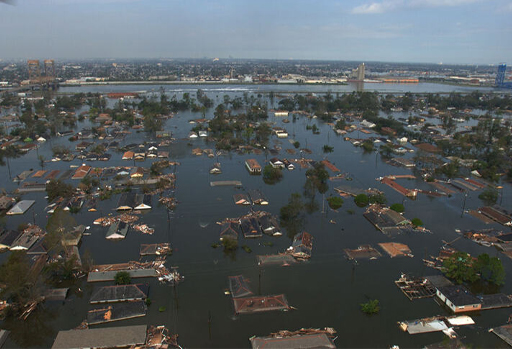1.3 Inequality, responsibility and representation
Climate justice-related teaching will necessarily focus on inequality and responsibility, supporting students in reflecting on key questions and thinking about how they, and others, could contribute to addressing injustice.
Injustice and inequality are often cumulative, with people experiencing the most disadvantage being particularly vulnerable to yet further disadvantage. Research clearly shows the disproportionate burden communities of colour and low-income communities bear, for example, from air pollution. Tessum et al. (2019), found that black and Hispanic communities in the US are exposed to far more air pollution than they produce through actions like driving and using electricity. By contrast, white Americans experience better air quality than the national average, even though their activities are the source of most pollutants. At the same time, the affected communities often have access to fewer environmental benefits such as parks, gardens and green spaces, while also facing other hardships such as inadequate access to healthcare or healthy food, as well as lack of power to participate in decision-making processes.
Inequality also grows in the aftermath of major natural disasters. One of the most widely publicised examples is Hurricane Katrina in New Orleans in 2005. Figure 2 illustrates the disaster in the city. Some long-term observations are now available and offer insights into the interrelation between the disaster and other social issues such as race and poverty. Gavin Rivlin (2016) illustrates this inequality in the article ‘White New Orleans Has Recovered from Hurricane Katrina. Black New Orleans Has Not’.
A more recent example is related to the wildfires in Australia in 2019. Following post-fire inquiries, in a 2020 newspaper article, Calla Wahlquist observes how the subsequent royal commission into national natural disaster arrangements recognised that Aboriginal and Torres Strait Islander people were not only disproportionately affected, but also that there had been an ‘extraordinary absence of Aboriginal people’ from the inquiries (Eckford-Williamson in Royal Commission, 2020, p. 800).
Striving for climate justice means that such vulnerable groups do not shoulder the burden of the climate crisis, and instead those who have the most resources to address the climate crisis actually use them to help vulnerable individuals and communities adapt to climate change. Whatever the age of your students, and whatever discipline area you’re teaching, asking students to consider climate-related events close to home, and the people most affected by them, can be a good way of supporting subsequent reflection on the impact of the climate crisis on people elsewhere in the world, and actions that can help address this.
Advocates for climate justice are striving to have inequities addressed through long-term mitigation and adaptation strategies. In a recent report, Tristan McCowan (2022) poses several questions related to this matter:
- Do wealthy regions within a country ‘have responsibility for atoning for historical actions (e.g. the Industrial Revolution in Britain) or only their current emissions?’
- ‘Should the largest emitters of greenhouse gases make financial payments to compensate other regions affected by the impacts?’
- ‘Should low-income countries be inhibited from developing fossil fuel-based industry when other regions of the world have historically generated their wealth from them?’
Any of the questions listed above could be the focus of discussion in a teaching session. You could encourage students to discuss the questions with their friends and families too. Dialogue between generations is acknowledged as a particularly powerful way of addressing the climate emergency, as you’ll explore later.

